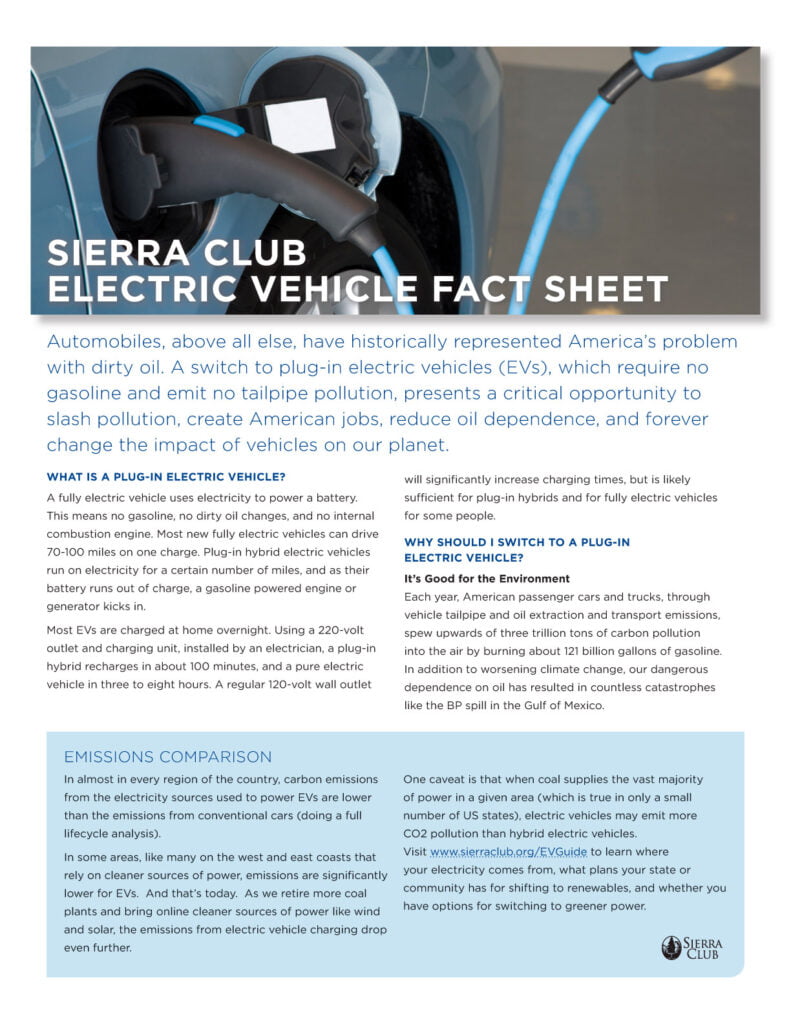Why Are SUVs So Popular? Unveiling the Power and Appeal
SUVs are popular because of their size and space, providing ample room for the whole family. Additionally, SUVs offer a rugged and off-roady appeal with their appealing styling. They are larger and heavier than standard cars, making them capable of tackling tough terrains. SUVs also provide more cargo space, making them a practical choice for those needing extra storage capacity. With these advantages, it’s no wonder SUVs have gained popularity and become a preferred choice for many car owners, leading to a decline in the demand for coupes, hatchbacks, and normal cars. The dominance of SUVs in the automotive market has even prompted car brands to eliminate sedans from their lineups. The Rise Of Suvs: A Cultural Phenomenon SUVs have become increasingly popular due to their spaciousness and rugged appeal. With their larger size and off-road capabilities, SUVs offer a sense of safety and versatility that appeals to many car buyers. Their popularity can also be attributed to the variety of models available and the ease of driving. The Rise of SUVs: A Cultural Phenomenon Suvs As A Symbol Of Status And Prestige The popularity of SUVs can be attributed to their association with status and prestige. SUVs are often seen as a symbol of wealth and success, as they are typically more expensive than other vehicle types. Their larger size and luxurious features give off an air of affluence, making them highly desirable for individuals seeking to project a certain image. Influence Of Celebrity Endorsements Celebrity endorsements have played a significant role in boosting the popularity of SUVs. Influential figures in the entertainment industry, sports, and other fields often choose to drive luxurious and stylish SUVs, leading to a cultural phenomenon where fans and admirers aspire to emulate their idols. By associating themselves with these vehicles, celebrities create a sense of aspiration and desirability that fuels the demand for SUVs. Marketing Strategies Targeting Specific Demographics Automakers employ targeted marketing strategies to appeal to specific demographics and further drive the popularity of SUVs. These vehicles are marketed as versatile and family-friendly, emphasizing their spacious interiors and capability to accommodate large groups. SUV advertisements often depict scenes of adventure, portraying these vehicles as ideal for outdoor activities and exploration. This targeted approach ensures that different segments of the population are attracted to SUVs for various reasons, ranging from practicality to recreational pursuits. The Versatility Of Suvs: Meeting Various Needs SUVs have gained immense popularity because of their versatility in meeting various needs. With their spacious interiors, rugged exteriors, and ample cargo capacity, SUVs are perfect for families, adventure seekers, and those who simply desire more space and power. They offer stability and control on rough terrain, making them ideal for off-road adventures. Plus, their larger size provides a sense of security and safety on the road. It’s no wonder SUVs have become a top choice for car owners. Why Are SUVs So Popular Spacious Interiors For Families And Large Groups SUVs are renowned for their spacious interiors, making them the perfect choice for families and large groups. With ample legroom and headspace, everyone can travel comfortably, even on long journeys. Whether it’s a weekend trip with a family of five or a road trip with friends, SUVs provide the necessary space to ensure everyone’s comfort. Off-road Capability And Rugged Appearance With their off-road capability and rugged appearance, SUVs are a popular choice for adventure seekers and outdoor enthusiasts. Designed to handle various terrains, SUVs offer the freedom to explore off the beaten path. Their taller stance and muscular build not only enhance their appeal but also provide a sense of confidence and capability. Towing Capacity For Outdoor Enthusiasts For outdoor enthusiasts who enjoy camping, boating, or other recreational activities, SUVs offer impressive towing capacity. Equipped with powerful engines and sturdy frames, these vehicles can tow trailers, boats, or other heavy equipment with ease. Whether you’re hauling camping gear or towing a boat to the lake, SUVs provide the necessary strength and stability. Increased Safety And Security Features When it comes to safety and security, SUVs excel with their advanced features. From robust built-in safety systems to high-quality materials that enhance crash protection, SUVs prioritize the well-being of their occupants. Additionally, SUVs often come equipped with advanced driver-assistance technologies such as lane departure warning, blind-spot monitoring, and adaptive cruise control, ensuring a safer and more secure driving experience. The Practicality Of Suvs: Space And Storage Solutions SUVs are incredibly popular due to their spaciousness and storage solutions. With their larger size and capacity, SUVs are able to accommodate the whole family and provide ample room for all their belongings, making them the practical choice for many. Ample Cargo Space For Daily Errands And Road Trips SUVs have become increasingly popular due to their practicality and adaptability. One of the key factors driving their popularity is the ample cargo space they offer, making them perfect for daily errands and road trips. Unlike sedans or hatchbacks, SUVs are designed to accommodate larger items such as groceries, sports equipment, luggage, and even furniture. With their spacious interiors, SUVs allow you to carry everything you need without compromising comfort or safety. Foldable And Customizable Seating Arrangements Another advantage of SUVs is the foldable and customizable seating arrangements they provide. Many SUV models come with versatile seating options that can be easily adjusted to maximize either passenger or cargo space. With the ability to fold down the rear seats, SUVs allow you to create a larger cargo area when needed, while still providing sufficient seating capacity for your passengers. This flexibility is particularly useful when you have to transport bulky items or when you want to create a comfortable and spacious environment for your family during long journeys. Roof Racks And Towing Options For Additional Storage To further enhance their storage capabilities, SUVs often come equipped with roof racks and towing options. Roof racks provide a convenient solution for carrying extra gear such as bicycles, skis, or camping equipment, freeing up valuable interior space. Additionally, towing
Why Are SUVs So Popular? Unveiling the Power and Appeal Read More »





